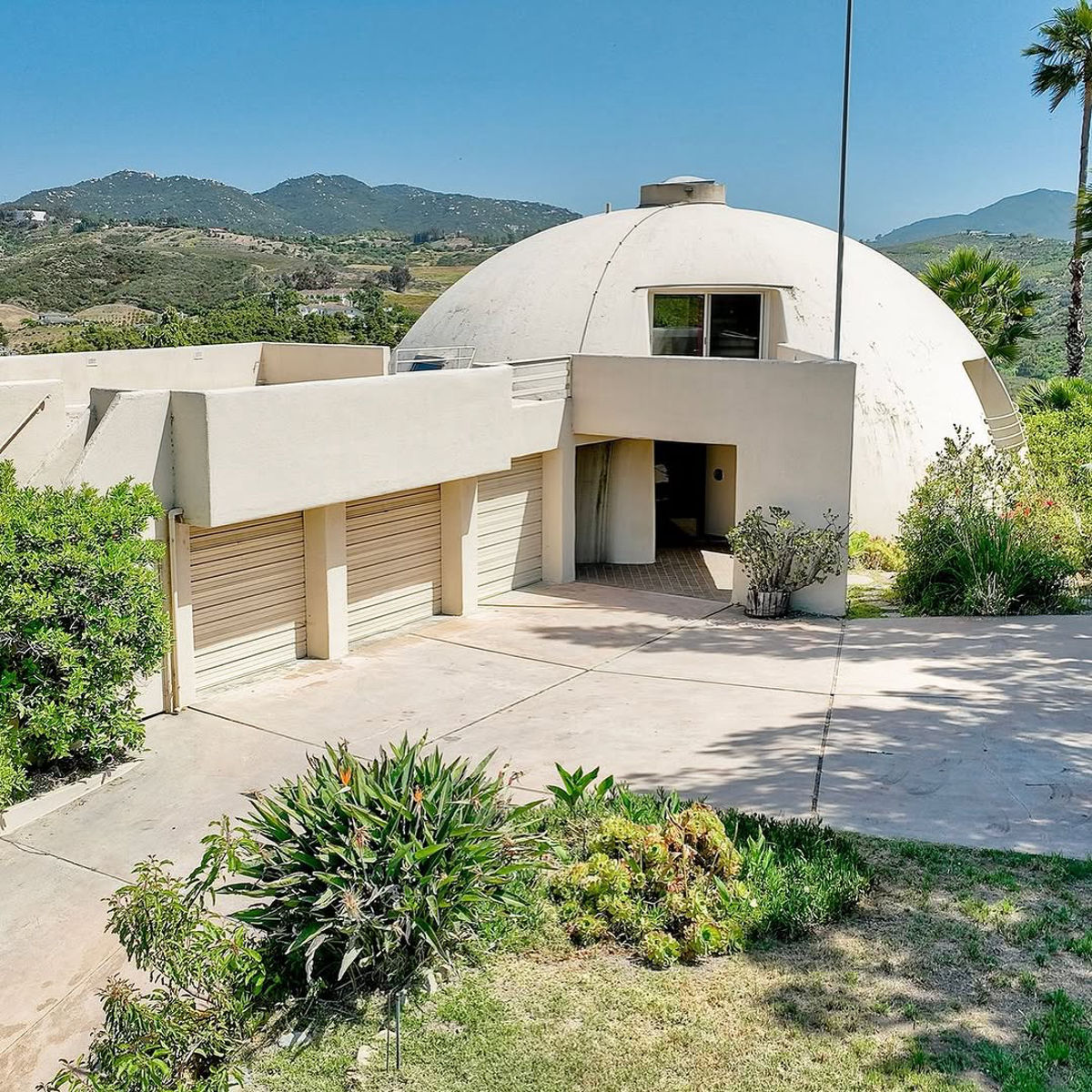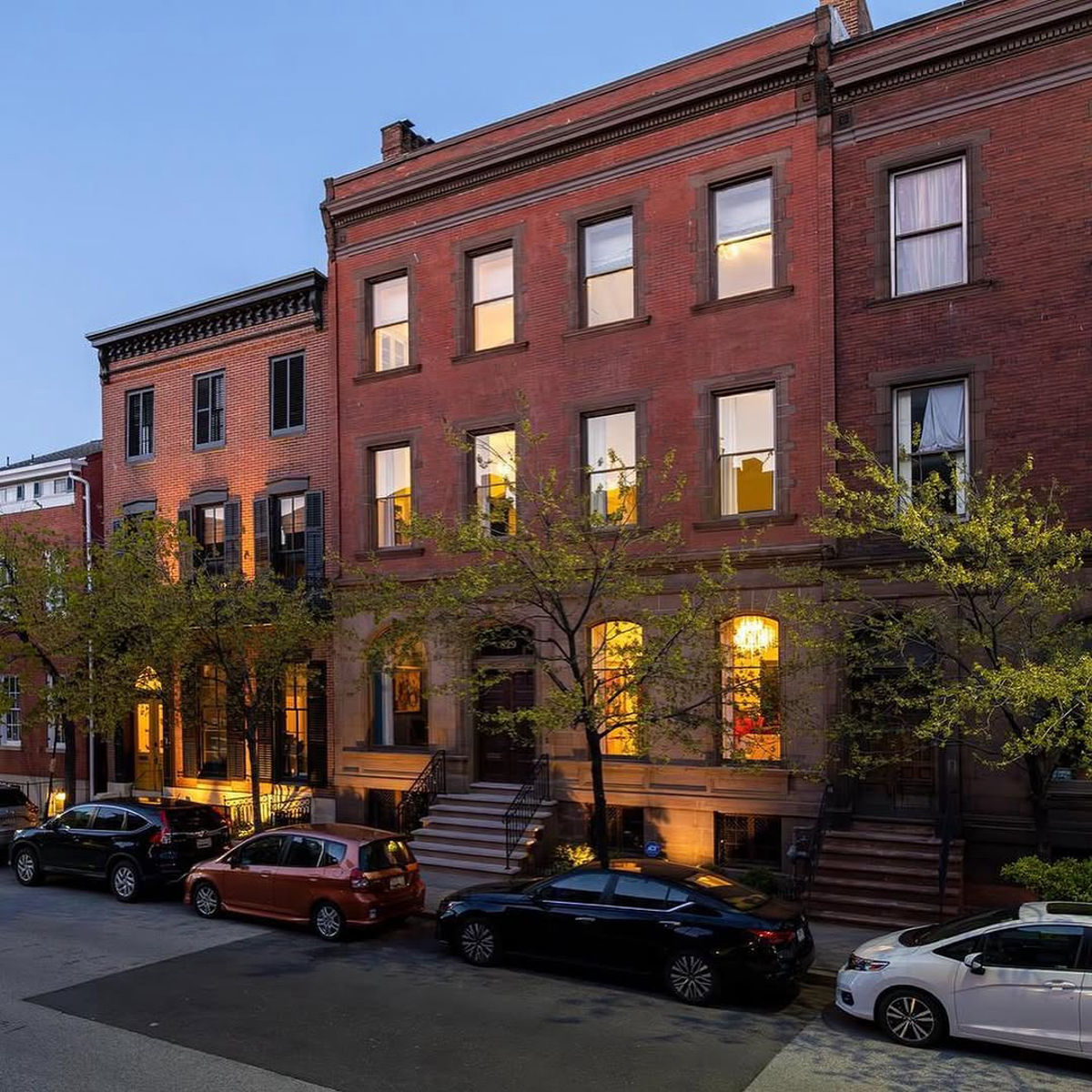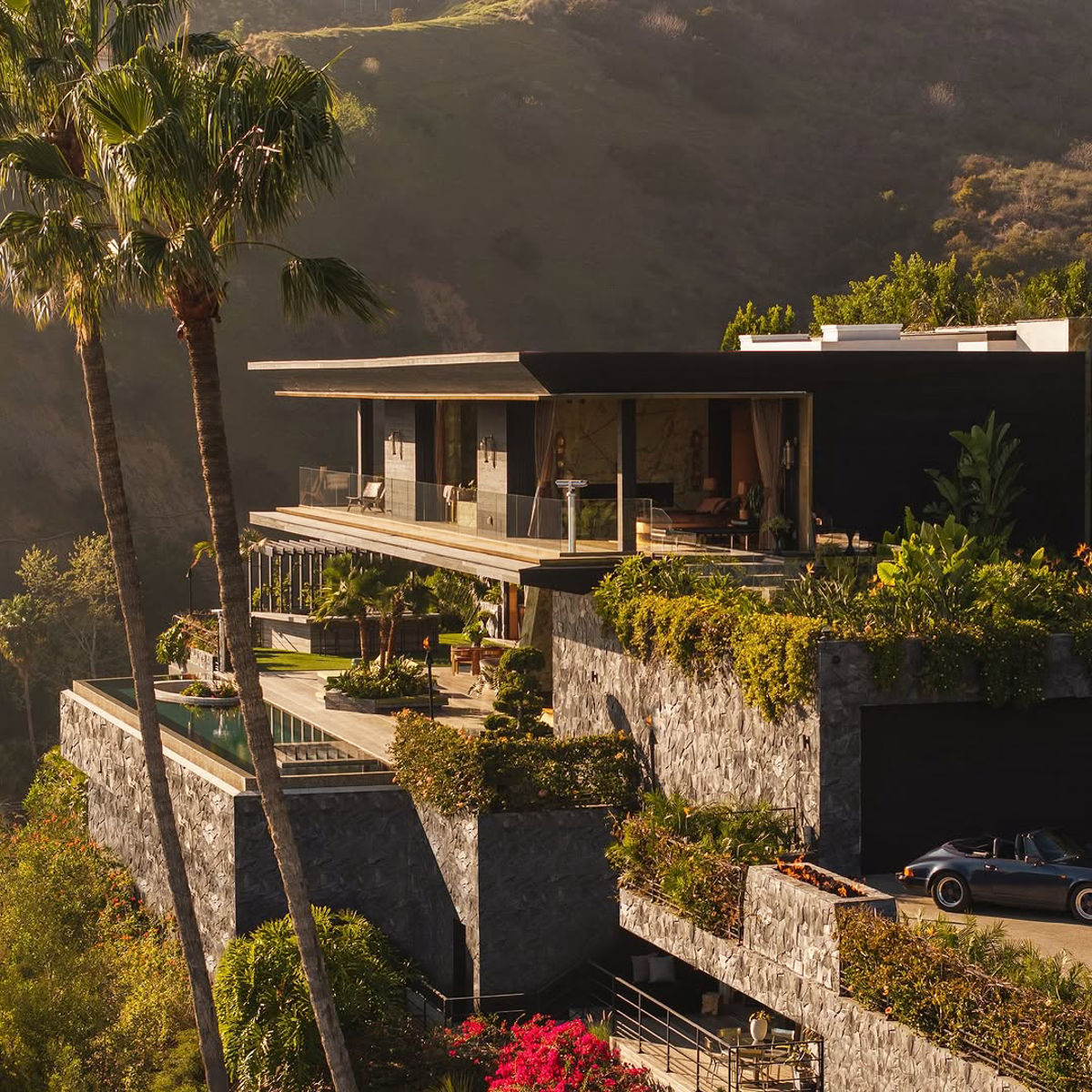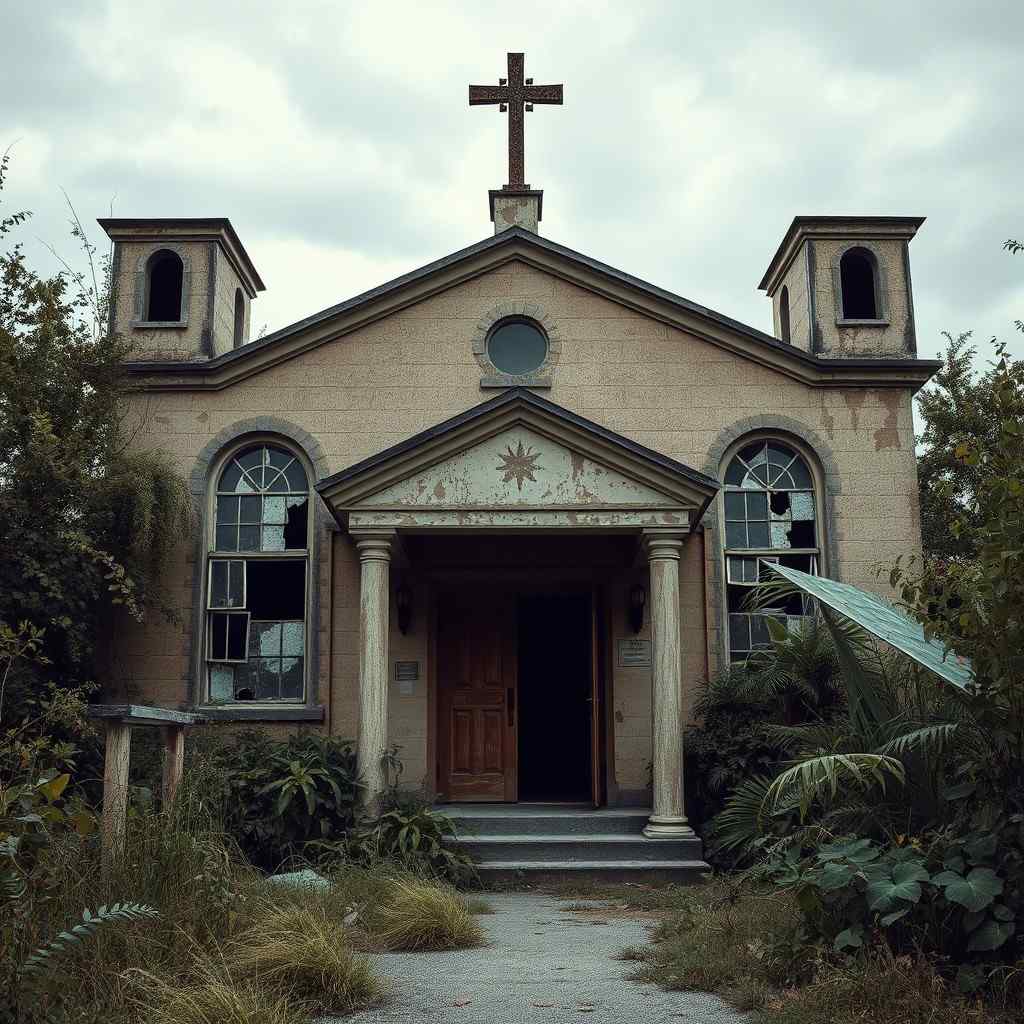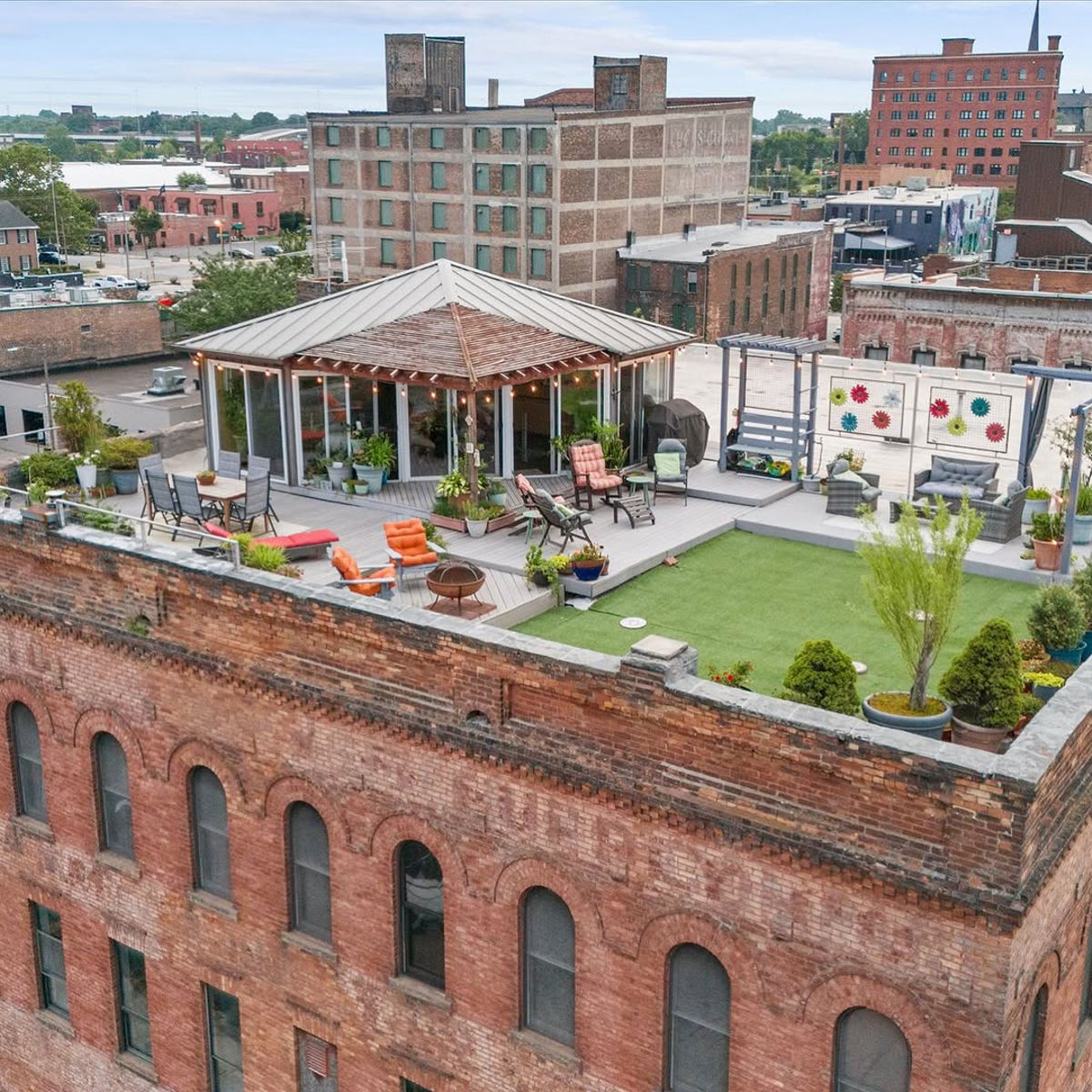Picture this: you’re driving through the countryside, and suddenly, you spot what looks like a spaceship that’s decided to settle down and become a house. That’s the magic of dome homes – they’re conversation starters, head-turners, and quite possibly the coolest weekend retreat you never knew you needed.
Dome homes aren’t just architectural curiosities anymore. They’re becoming the go-to choice for Americans seeking unique, sustainable, and surprisingly practical living spaces. Whether you’re planning a weekend cabin in the mountains or considering a full-time alternative lifestyle, dome homes offer benefits that traditional rectangular houses simply can’t match.
What Exactly Is a Dome Home?
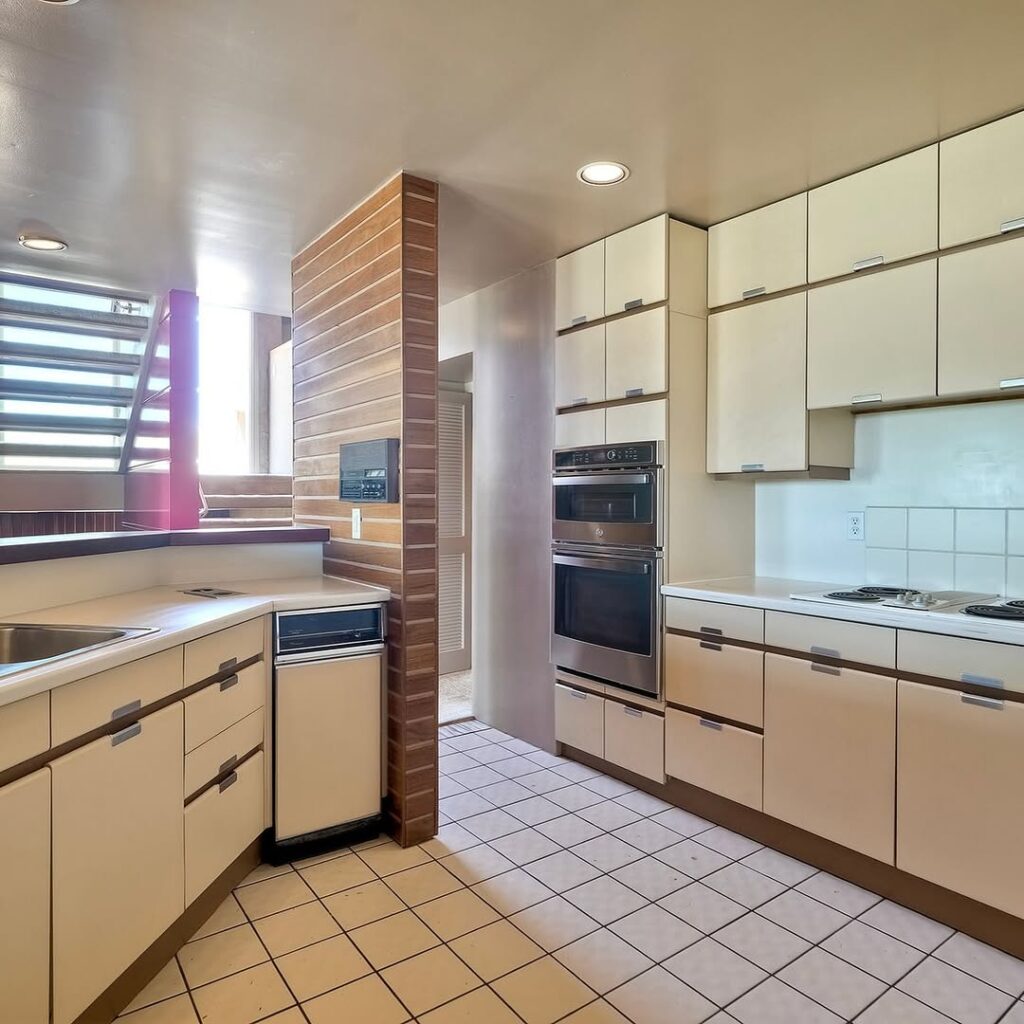
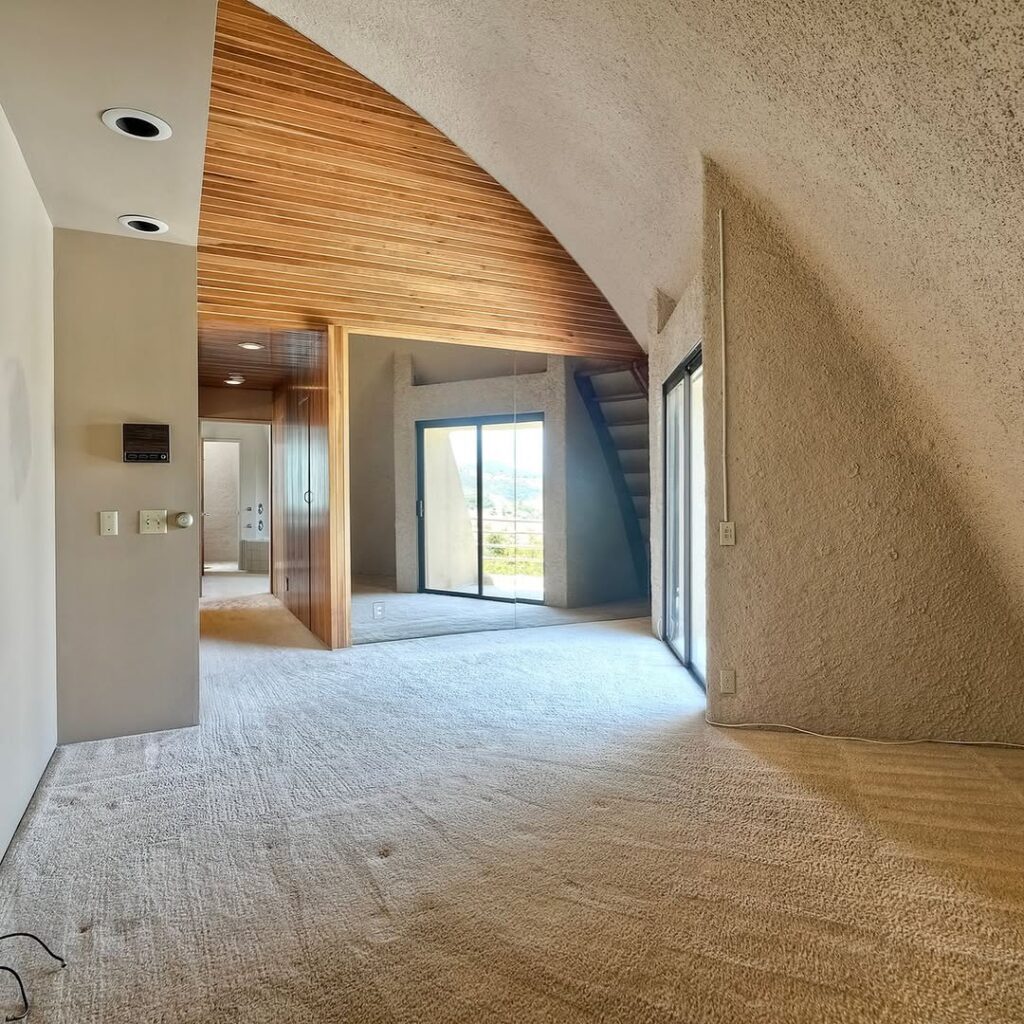
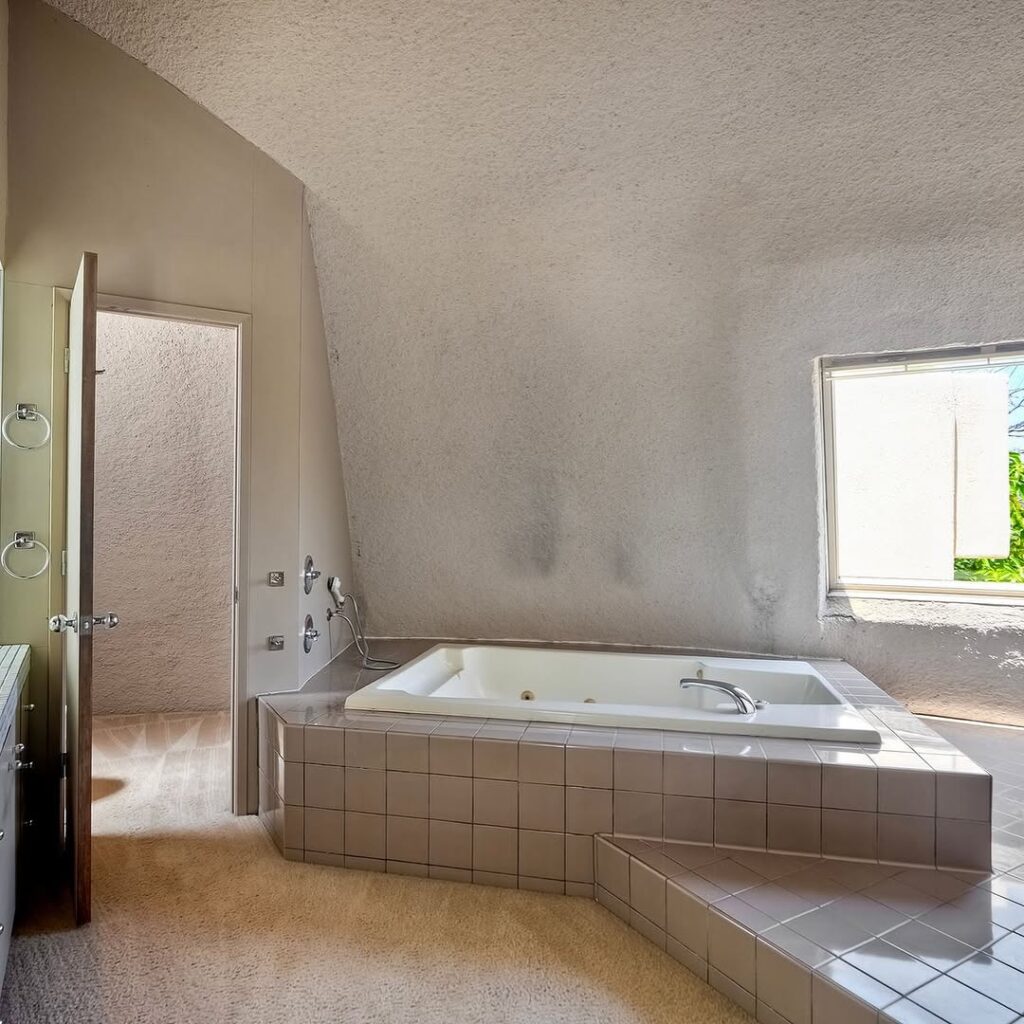
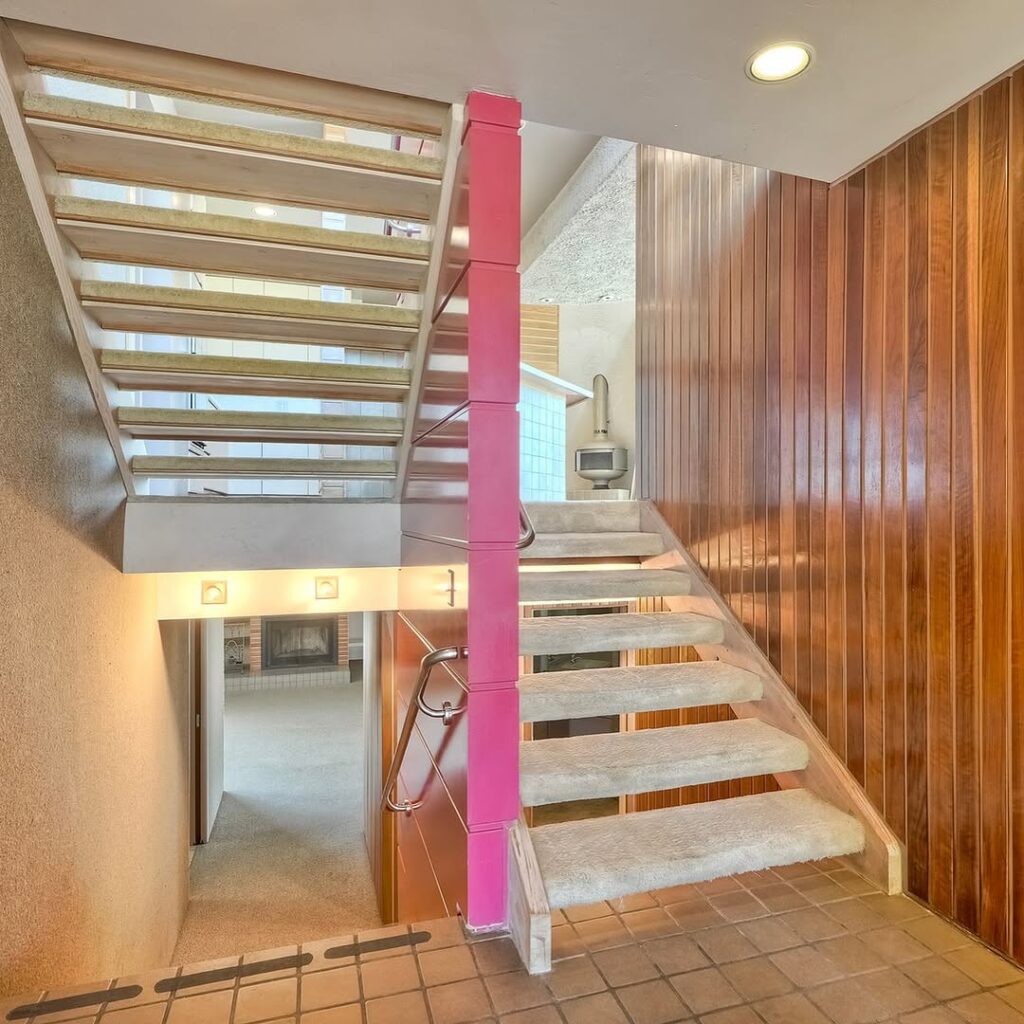
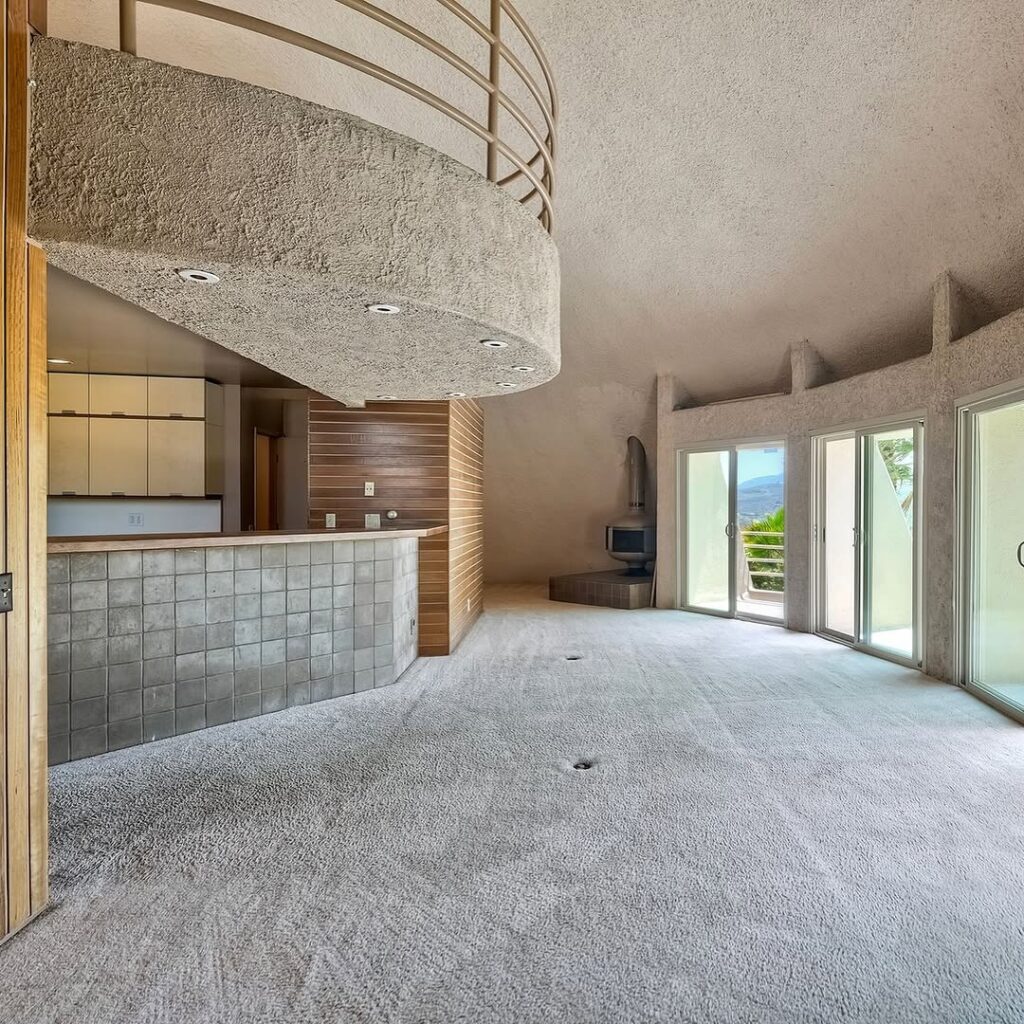
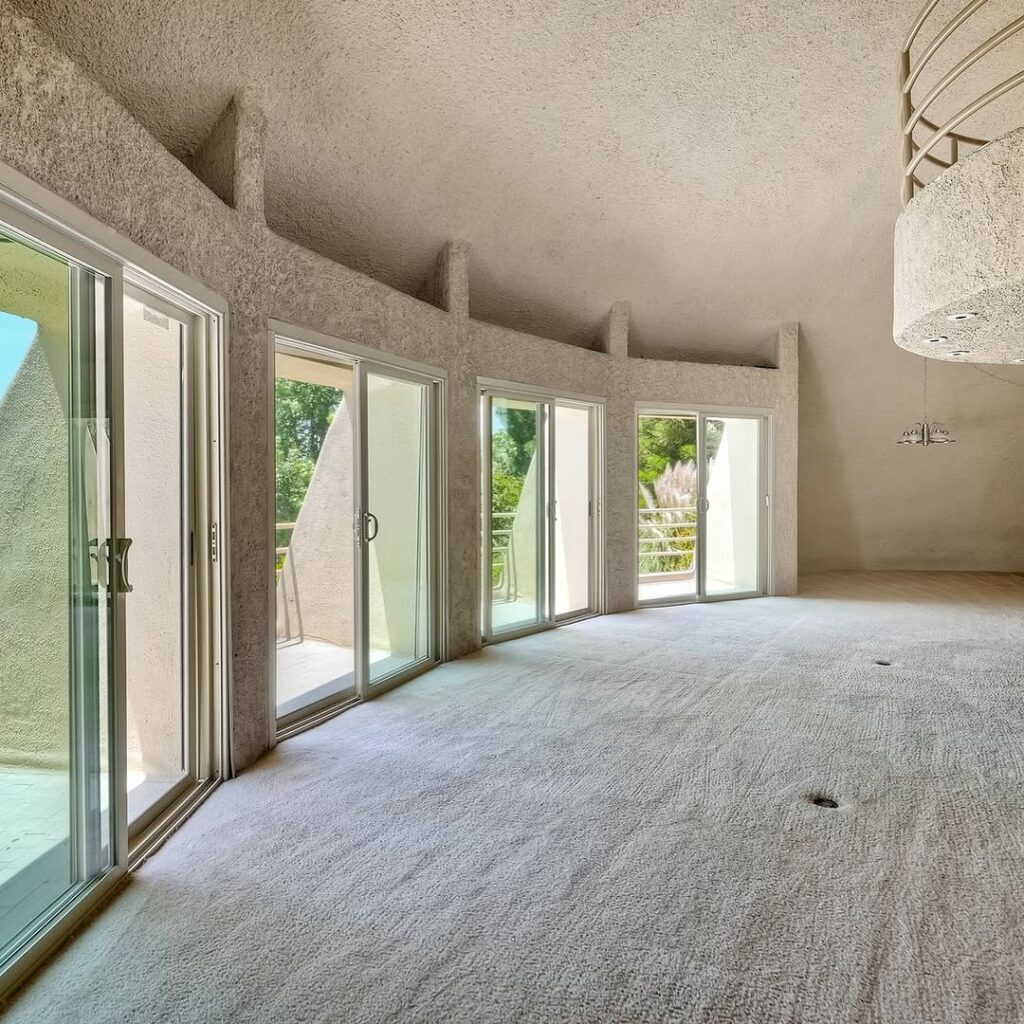
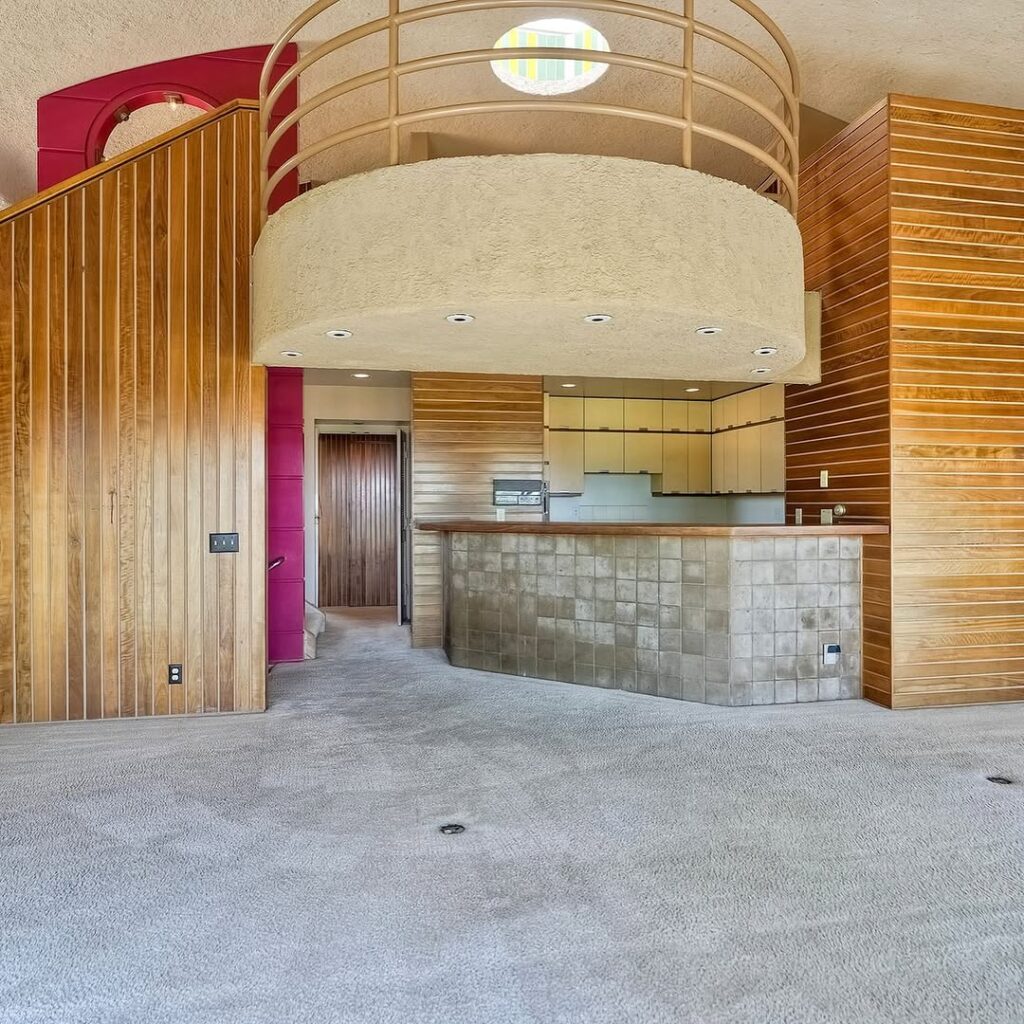
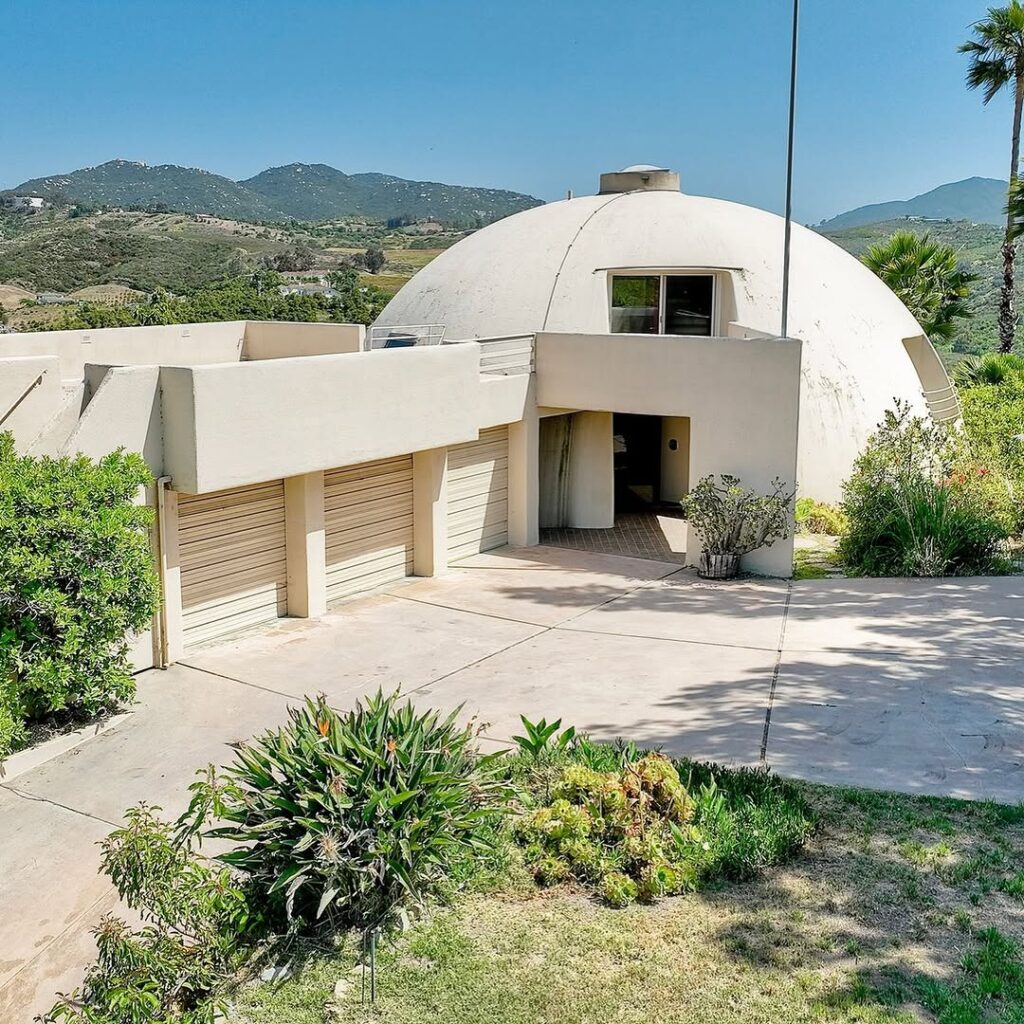
A dome home is exactly what it sounds like – a house built in the shape of a dome or sphere. These structures use geodesic principles, distributing weight evenly across the curved surface to create incredibly strong buildings that can withstand extreme weather conditions. Think of it as nature’s most efficient architectural form, borrowed from soap bubbles, bird eggs, and the human skull.
The concept isn’t new. Buckminster Fuller popularized geodesic domes in the 1940s, but ancient civilizations have been building dome structures for thousands of years. What’s changed is our ability to make them comfortable, beautiful, and suitable for modern American living.
The Science Behind the Sphere
Geodesic domes are constructed using a network of triangles that distribute stress evenly throughout the structure. This geometric marvel means you can create large, open interior spaces without the need for load-bearing walls or columns. The result? Maximum interior space with minimum materials – a win for both your wallet and the environment.
Why Americans Are Falling in Love with Dome Living
Energy Efficiency That’ll Make Your Utility Company Jealous
Here’s where dome homes really shine: energy efficiency. The spherical shape minimizes surface area exposed to outside temperatures, which means less heat loss in winter and less heat gain in summer. Many dome homeowners report energy savings of 30-50% compared to traditional homes of similar size.
The curved walls also promote natural air circulation, reducing the need for mechanical ventilation systems. Hot air rises and circulates naturally, creating a comfortable living environment without constantly running your HVAC system.
Weather Resistance Like You Wouldn’t Believe
Living in tornado alley? Hurricane zone? Earthquake country? Dome homes laugh in the face of Mother Nature’s tantrums. The aerodynamic shape allows wind to flow smoothly over the structure rather than creating the pressure differentials that can rip conventional roofs clean off.
Snow loads? Not a problem. The dome shape naturally sheds snow and ice, preventing dangerous accumulations that can collapse flat roofs. Some dome homes have survived hurricanes that leveled everything else in the neighborhood.
Design Possibilities: From Cozy to Cosmic
Small Weekend Retreats
For weekend getaways, smaller dome homes (20-30 feet in diameter) offer the perfect balance of coziness and functionality. These compact spaces typically feature:
- Open-concept living areas that feel surprisingly spacious
- Loft sleeping areas that maximize floor space
- Large windows that can be positioned to capture stunning views
- Minimal maintenance requirements – perfect for part-time use
Family-Sized Dome Homes
Larger dome homes (40+ feet in diameter) can accommodate full-time family living with:
- Multiple levels connected by curved staircases
- Private bedroom pods attached to the main dome
- Central living areas perfect for entertaining
- Home offices or studios that take advantage of the unique acoustics
Luxury Dome Estates
High-end dome homes push the boundaries of what’s possible:
- Multiple interconnected domes for different living zones
- Floor-to-ceiling windows offering 360-degree views
- Rooftop gardens and observation decks
- Smart home technology seamlessly integrated into the curved walls
Building Your Dream Dome: What You Need to Know
Zoning and Building Codes
Before you get too excited about your dome home dreams, check local zoning laws and building codes. Some areas have restrictions on non-traditional architecture, though this is becoming less common as alternative building methods gain acceptance. Many states now have specific codes for dome construction, making the approval process smoother.
Foundation Requirements
Dome homes typically require circular foundations, which can be more complex than standard rectangular footings. However, the reduced weight of dome structures often means you can use smaller, less expensive foundations than traditional homes would require.
Kit Homes vs. Custom Construction
You have two main options for dome construction:
Kit Homes: Companies like Natural Spaces Domes and Timberline Geodesics offer complete kits with pre-cut materials and detailed instructions. Prices typically range from $15,000 to $50,000 for the shell, depending on size and features.
Custom Construction: Working with architects and builders experienced in dome construction gives you complete design freedom but typically costs more and takes longer.
The Financial Side: Costs and Savings
Initial Investment
Dome home costs vary widely based on size, location, and finish level:
- Basic shell kit: $15,000-$50,000
- Complete turnkey dome home: $100,000-$300,000
- Luxury dome estate: $500,000+
While initial costs can be comparable to traditional construction, the long-term savings in energy costs and maintenance often make domes more economical over time.
Insurance Considerations
Many insurance companies now recognize the superior weather resistance of dome homes and offer reduced premiums. Some insurers even specialize in alternative construction methods and offer competitive rates for dome homeowners.
Resale Value Reality Check
Let’s be honest: dome homes aren’t for everyone, which can affect resale value in some markets. However, in areas where alternative architecture is appreciated (think California, Colorado, or the Pacific Northwest), unique homes often command premium prices from buyers seeking something special.
Living the Dome Life: What It’s Really Like
The Unique Interior Experience
Living in a dome changes how you think about space. Without corners, rooms flow naturally into each other. The curved walls create interesting acoustic properties – some dome dwellers love the way sound carries, while others need to adjust their interior design to manage echoes.
Furniture placement requires creativity. Standard rectangular furniture doesn’t always fit well against curved walls, leading many dome homeowners to choose built-in furniture or specially designed pieces.
Psychological Benefits
Many dome home residents report psychological benefits from the curved living environment. The shape is said to promote feelings of harmony and reduce stress. Whether it’s the lack of sharp corners, the connection to natural forms, or just the novelty of the space, dome living seems to make people happy.
Challenges and Considerations
The Learning Curve
Building and living in a dome home requires adjustment. Contractors may need education about dome construction techniques. Interior designers must think creatively about curved spaces. Even hanging pictures becomes an adventure in geometry.
Weather Sealing
The many joints in geodesic construction can create potential leak points if not properly sealed. Quality construction and regular maintenance are essential to prevent water infiltration.
Resale Market Reality
While dome homes have passionate advocates, they represent a niche market. If you’re planning to sell within a few years, consider whether your local market appreciates unique architecture.
Sustainable Living: Domes and the Environment
Dome homes align perfectly with sustainable living goals. The reduced material usage in construction, superior energy efficiency, and potential for off-grid living make them an environmentally responsible choice.
Many dome homeowners incorporate:
- Solar panels that conform to the curved roof
- Rainwater collection systems
- Geothermal heating and cooling
- Permaculture landscaping that complements the organic architecture
Getting Started: Your Dome Home Journey
Research Phase
Start by visiting existing dome homes if possible. Many dome home communities offer tours, and some kit manufacturers have model homes you can explore. Online forums and social media groups connect dome enthusiasts who are happy to share their experiences.
Design Phase
Work with architects or kit manufacturers to design a dome that fits your lifestyle and budget. Consider factors like:
- Local climate conditions
- Intended use (weekend retreat vs. full-time residence)
- Future expansion possibilities
- Integration with the natural landscape
Construction Phase
Whether you’re building from a kit or working with custom contractors, dome construction requires attention to detail and often specialized knowledge. Don’t rush the process – quality construction is essential for realizing all the benefits dome homes offer.
The Future Is Round
As Americans increasingly seek unique, sustainable, and efficient housing solutions, dome homes are emerging from the fringes of alternative architecture into mainstream consideration. They offer a compelling combination of practicality and personality that’s hard to find in traditional construction.
Whether you’re dreaming of a weekend retreat that’ll make your neighbors green with envy, or you’re ready to embrace full-time dome living, these remarkable structures offer possibilities limited only by your imagination.
So, how about it? Ready to trade those boring right angles for something a little more… curved? Your dome home adventure awaits, and trust us – life is more interesting when you’re living outside the box, or in this case, inside the sphere.
The weekend is calling, and maybe it’s time to answer with something truly extraordinary. After all, life’s too short for ordinary architecture.
![]()
